Your Guide to Reading a Nutrition Label

That said, nutrition labels can be hella confusing so here’s a few tips to ensure you’re focused on what actually matters when it comes to your health and obtaining the physique you’re after.
What’s In A Label?
First thing is first – not all foods get a nutritional label. Notably, those without are well, real foods! Whole foods that have only one ingredients like fruits, vegetables, meat, fish, salads and a few other exceptions (spices, coffee, tea etc.) in general, are more health promoting then their label-laden counterparts. Not to say that any one food is “good” or “bad”, but for the most part, no matter what your dietary constraints are, you’re likely better off to include a lot of these whole foods, especially fruits and veggies.
Serving Size
The very top of the nutrition facts panel has the very important job of telling us how much food (i.e one serving) the rest of the label is speaking to. Get this wrong and your efforts will be forgone, so whether it’s shown by weight, volume, or number of units – make sure to know what you’re dealing with!
It’s also important here to call out the fact that the serving size listed on the label is not necessarily the amount of food that is suggested for you eat. Reiterating what’s mentioned above, it tells you the quantity of food that was used to create the listed nutrition facts, which can then inform your nutrient intake (which is different for everyone!).
Calories
Some may say that calories are an antiquated measurement, but the truth is that whether or not the calories in vs. calories out argument is still sound for weight loss (read: its not), it is still a means of measuring units of energy – which of course is important for fueling the body. The nutrition facts panel tells you specifically how much energy you get from the serving of food listed in the serving size. Once again, it’s not rocket science, but you must be mindful of multiplying the calories by the number of servings consumed!
Daily Value
The DV has one basic job and that’s to tell us if there is a lot or a little of a particular nutrient in whatever food we’re eating. On a scale of 0%-100%, 5% or less is considered a little whereas 15% or more is a lot!
Although this measure helps you to compare the nutrient contents of different foods, it shouldn’t be used as a means to track the total amounts of nutrients in one day. Recall: many healthy foods don’t have nutrition facts panels – especially the ones we should be loading up on!
The panel also highlights certain information on the 13 core nutrients. Not all have to be included, but it highlight the nutrients we need to watch out for (saturated and trans fats, sodium) so that we can eat less. For others we want to use the nutrition label as a tool to help us choose more (fibre, vitamin A, calcium, iron).
But… That’s Not all Folks
There’s more to nutrition labels than what’s noted above that you should be paying attention to. To begin, arguably the most important when it comes to your health is the ingredients or the components found in packaged food. The order of the ingredients, from the first which contains the most of the ingredient to the last, which contains the least amount, describes the proportion of the ingredient. Here we are looking for ingredients we can pronounce and recognize as safe and healthy (i.e real food). Knowing the hidden code words for foods like sugar is also key (hint: anything that ends with ‘ose’ or syrup is likely a culprit, in addition to dextrin, malt, concentrated or evaporated fruit or cane juice). Other major red flag ingredients include words like ‘enriched’, ‘partially hydrogenated, along with other names for nasty preservatives (BHA, MSG, nitrates & benzoate).
Packaging claims like ‘low in fat’ or ‘high source of fibre’ (which actually equates to less than 3g, or more than 4g, respectively) are another component of a food label that you should be aware of. In some jurisdictions, allowing brands to say whatever they want on their packaging can lead consumers to scratching their heads. Thankfully the Canadian government makes it pretty clear what the packaging is allowed to read by creating ranges and guidelines for certain claims. There’s too many to list here, but these guidelines show us what health claims and what nutrition claims are actually allowed to be printed on a packaged good.
Reading nutrition labels isn’t easy. It requires some initial effort to gain an understanding of what you’re dealing with. But, with a bit of practice it’ll certainly pay off in the end when you’re feeling better able, and, more confident with choosing and comparing the healthier food options. All in all, knowing this skill will bring you that much closer to achieving your goals!
If you’re already reading your labels and making the best food choices possible, hit your peak potential with a supplement program that’s on point too. At Reflex we listen to the realities of your diet and lifestyle so we can provide you with the best supplements in order to support your goals – find a Reflex location near you! Follow us on Facebook or Instagram. We are #ReflexNation.




